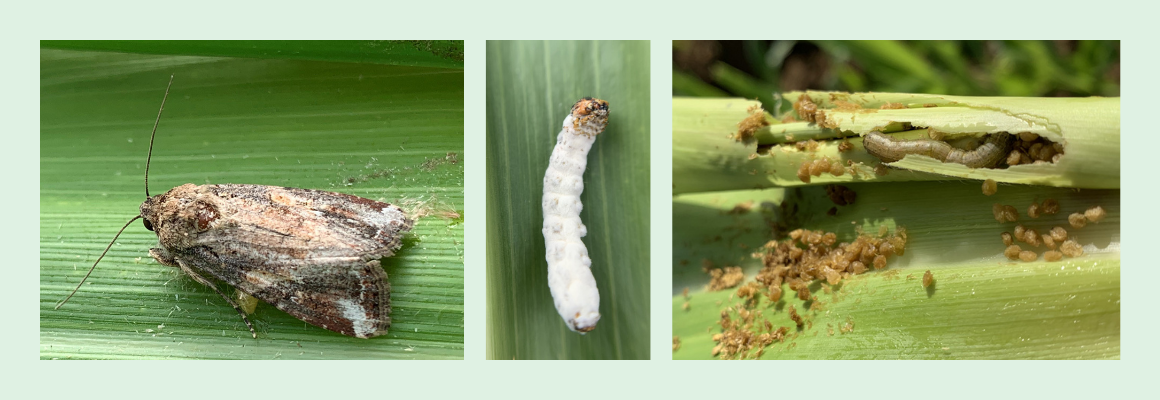Fall armyworm symposium keeps industry informed
The National Fall armyworm symposium held in April 2024 gave an update on the current status of the pest here in Australia and globally.
The symposium held in Brisbane was also an opportunity to share research, development and extension activities that have occurred since Fall armyworm was first detected in Australia in 2020. Growers, researchers, industry, and government representatives presented their experiences and research involving Fall armyworm. Additionally, the symposium aimed to identify gaps in research, development and extension and what to focus on for future Fall armyworm management.
Since being detected in Queensland in 2020, Fall armyworm has wreaked havoc on sweet corn, maize, and sorghum crops. However, the host range of Fall armyworm is extensive. Other affected crops including millets, peanuts, mungbeans, soybeans, Rhodes grass field crops. Reports of Fall armyworm in other horticultural crops such as capsicum, ginger, heliconias, strawberries, ginger, womboks, celery, rockmelon and avocados have also been received. The 2023-2024 season has been particularly challenging, with an early start to the FAW season and late crop plantings allowing for large Fall armyworm populations.
While the pest is now present throughout Australia, with the exception of South Australia, Queensland has been hardest hit with the pest being present for prolonged periods of time. At the symposium, members of different industries including the cotton, horticulture, grains, animal, and grains industry shared their experiences with the pest, looking for more effective methods for control.
While there has been some success using different varieties or changed planting schedules, this leads to different production issues and new management tools are required. As there are no silver bullets for Fall armyworm management, the current approach to the pest is a reactive one based on managing caterpillars within the crop.
Researchers presented on their latest projects, focussing on gaining a better understanding on the background and biology of the pest, as well as overseas occurrence and management. While their ongoing research shows promise, a lot of the findings are not yet applicable on-farm.
During the symposium, cross-industry collaboration and area-wide management emerged as recurring themes in the discussions. Transboundary management, both on a national and international level makes sense. The need for diverse control options was also underscored. These outcomes are crucial as they serve as key drivers for the long-term management of Fall armyworm.
“Fall armyworm has caused significant damage to sweetcorn crops this year, and as it spreads to new areas, growers around the country are quickly trying to learn and apply best-practice management techniques,” said AUSVEG CEO Michael Coote.
“With Fall armyworm being found on an increasing range of crops, this is an important time for industry, researchers, government and other stakeholders to get together to share the latest knowledge on this pest.
“As a cross-agriculture problem, it’s heartening to see a broad range of industries working together to address the Fall armyworm challenge with events such as this symposium.”
The outcomes from the event will be collated and used to make decisions on Fall armyworm research investments, development, and extension activities.
For more information visit the Engagement hub (eHub) on Fall armyworm research, development, and extension for horticulture: https.//daf.engagementhub.com.au/fallarmyworm or
The Fall armyworm management guide from AUSVEG: Fall armyworm management guide for vegetable crops | AUSVEG
The National Fall Armyworm Research, Development and Extension Symposium was hosted by the Queensland Department of Agriculture and Fisheries and delivered through the Hort Innovation funded project VG22006 National Fall armyworm innovation system for the Australian vegetable industry, with support from the Plant Biosecurity Research Initiative and the Grains Research and Development Corporation.
This article first appeared in Australian Grower Winter 2024 magazine

